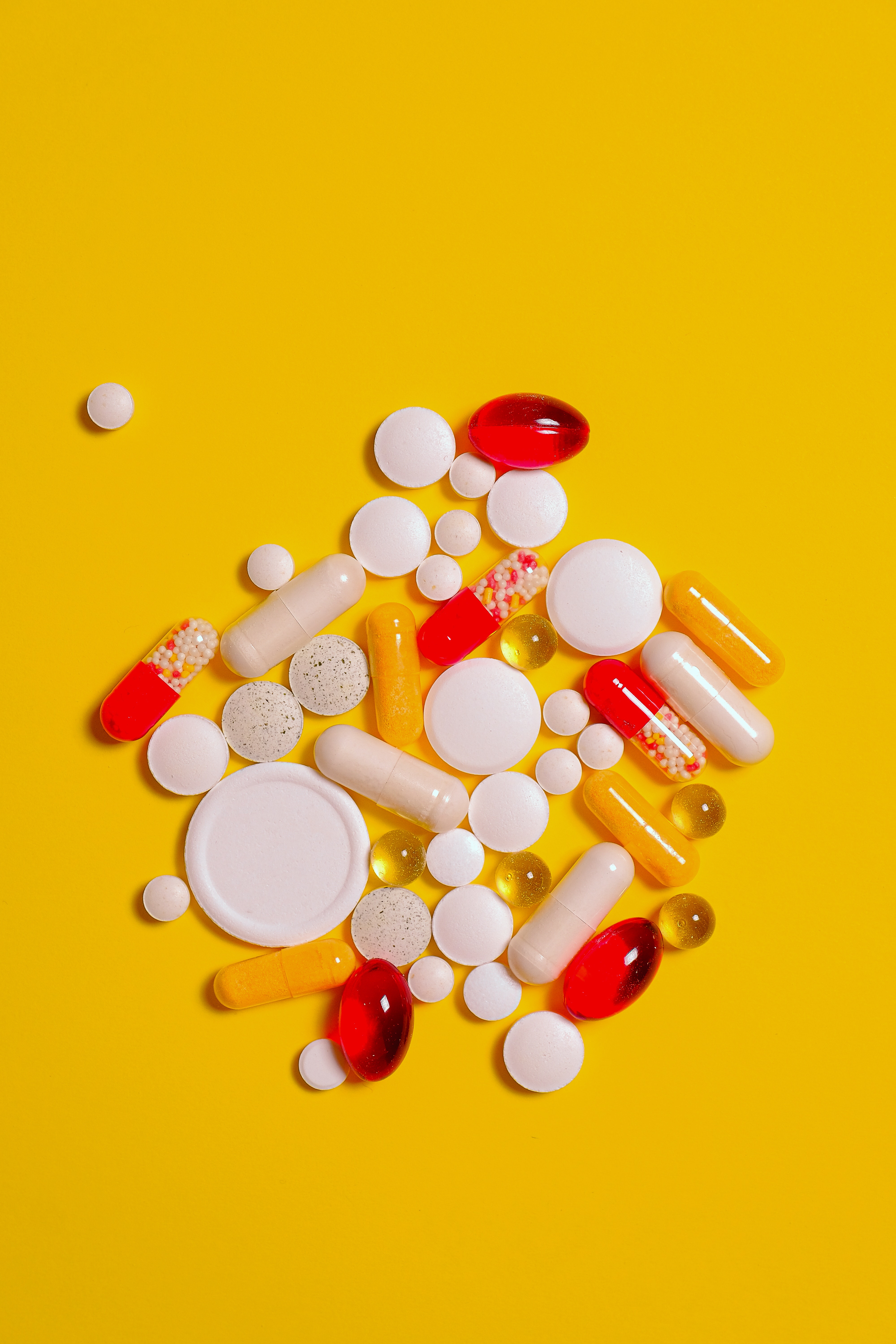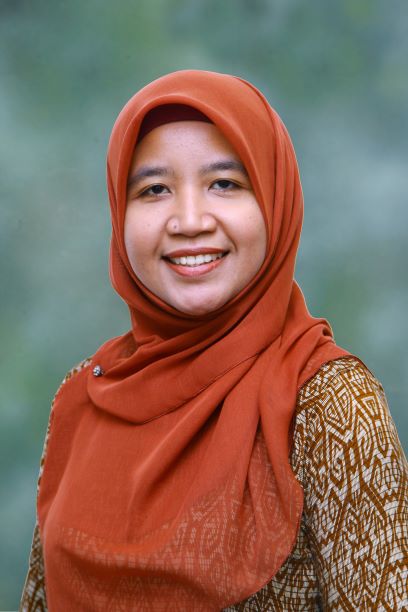
Various forms of drugs in the market.



Dr Erazuliana Binti Abd Kadir
Jabatan Toksikologi, Institut Perubatan dan Pergigian Termaju, USM
What is drug repurposing?
Drug repurposing, which is also known as drug repositioning or reprofiling, is the use of old drugs for new therapeutic purposes. The discovery of repurposed drugs happened both by chance and by intention. The other use of a drug apart from its original indication could be known at various stages of the drug development. One popular example is sildenafil, a drug that was originally developed as an anti-hypertensive and anti-angina drug, has been found, by chance, to cause penile erections during clinical trials. Later on, the drug was repurposed to treat erectile dysfunction and marketed under a different name known as Viagra.
Drug repurposing in cancer treatment involves turning the existing generic or off-patent drugs that have been used to treat non-cancerous diseases into anti-cancer agents. As an effort in finding much cheaper, safer, and more efficacious chemotherapeutics drugs, repurposed drugs offer an alternative solution for a more affordable and successful cancer treatment. The ever-changing nature of cancer itself also demands multi-ways of treatment approaches and could involve both single and combinatorial therapy that is capable to target different pathways of cancer, which could be achieved with repurposed drugs.
The attempt to create medications based on the ‘magic bullet’ concept – a term denoting a single chemical entity that could treat a disease without causing side effects to the body – has involved continuous research and development of new drugs. The process of bringing one new drug compound from the bench to the bedside can reach up to USD 2 to 3 billion and takes approximately 13 to 15 years of research for the drug development stage alone [1]. The long duration of drug development is usually due to the requirement for the new chemical entities to undergo efficacy, toxicity, pharmacokinetic and pharmacodynamic studies using both cell-based and animal models at the preclinical stage, and eventually in human subjects at the clinical stage.
Why are repurposed drugs more beneficial?
The most obvious advantage of repurposing drugs for cancer treatment is that the high cost and time-consuming processes of new chemotherapeutic drug development could be avoided. The lengthy process of new drug development could be averted for the repurposed drugs since the latter can be approved sooner for usage as their bioavailability, efficacy, and toxicity profiles are already established in the original preclinical and Phase I studies. Therefore, the drug could rapidly proceed to Phase II and III of the clinical studies.
The shorter approval period could further reduce the cost of bringing these repurposed drugs into the market which cost about 50-60% lesser than for the development of new drugs [2]. This could later lead to a cheaper price of chemotherapeutic treatments, thus benefiting low-income patients who couldn’t afford the high cost of cancer treatment. On top of that, generic drugs are also cheap as it is off-patent and can be produced by many pharmaceutical companies at a competitive price. The use of old generic drugs is also generally safe for human use as it has undergone toxicity tests for their original indication, as well as the availability of case reports and investigations on the drug should it be suspected unsafe after being in the market for years further ensures the safety of the old drugs.
What are examples of repurposed drugs?
The repurposed drugs have been given as monotherapy, as well as in combination with other chemotherapeutic drugs to ensure a higher chance of successful treatment. Some of the old drugs that have been repurposed into anti-cancer agents and have been brought to clinical trials are thalidomide, metformin, disulfiram, and itraconazole.
Thalidomide
Thalidomide was originally used to treat morning sickness in pregnant women. Later on, it was discovered of causing birth defects and therefore withdrawn from the market in the 1960s. In the 1990s, it was discovered to have anti-cancer activities, particularly as an anti-angiogenic and immunomodulatory agent. The drug has been used to treat multiple myeloma and several other hematological malignancies [3]. Since it is a known teratogenic agent, its use is carefully monitored and is absolutely contraindicated in pregnant women.
Metformin
Metformin is an anti-diabetic drug mainly used for the treatment of type 2 diabetes mellitus. Metformin works by lowering the level of insulin in the body. As hyperinsulinemia was associated with cancer-promoting effects, it is just logical that the drug used to reduce the insulin level in the blood could also reduce the risk of cancer.
Initially, the activity of metformin as an anti-cancer agent was recognized to only affect the cellular metabolism of cancer cells via maintenance of the plasma glucose and insulin level. Later on, it was discovered that the drug also has inhibitory effects on the multiple cancer pathways that regulate cell metastasis and survival, as well as having indirect anti-angiogenic and anti-inflammatory effects on cancer cells [4]. The clinical trials for repurposing metformin are mostly for the treatment of breast, ovarian, prostate, and pancreatic cancers.
Metformin is by far the most optimum drug to be repurposed as an anti-cancer drug since its side effects are only mild to moderate (mostly only gastrointestinal discomfort) in comparison to the standard anti-cancer agents that cause severe adverse effects which include nausea, vomiting, loss of appetite, hair loss and anaemia.
Disulfiram
Disulfiram causes severe nausea and vomiting upon consumption of alcohol, leading to aversion and abstinence of the alcoholic substances for the alcohol abuse treatment. The anticancer property of disulfiram is mainly associated with its mechanism of action in inhibiting the aldehyde dehydrogenase-related processes of cellular metabolism. The drug was also found to regulate oxidative, as well as copper and zinc-dependent metabolism processes in cancer cells. The clinical trials for its use to treat melanoma, glioblastoma, breast, prostate, and non-small cell lung cancers are either still ongoing or have already been completed [5].
Itraconazole
Itraconazole is a drug that has been long used to treat fungal infections such as candidiasis, aspergillosis, and histoplasmosis. The drug has been reported to have a significant effect against various types of cancer including lung, breast, ovarian, prostate, and pancreatic cancer when being used alone or in combination with other cytotoxic drugs [6]. The anti-angiogenic property of itraconazole, which could further disrupt the tumour microenvironment and development, has sped up its use for cancer treatment.
What are the challenges with repurposing drugs?
One might ask if these old drugs have the potential to be repurposed for the treatment of cancer, why aren’t we using them widely in clinical practices? The simplest answer is because of scientific and socio-political matters. Many of the repurposed drug candidates are still in the clinical trial phases. Clinical trials are mostly funded by pharmaceutical companies. Apparently, it is not so profitable for these companies to manufacture the repurposed generic drugs since they are off-patent, and the price is low as other competing companies could also freely manufacture the drugs. Therefore, only a few companies will invest in clinical trials for the new use of the repurposed drugs as the profit will be shared with other competitors.
How to make repurposed drug widely used in oncology?
There are initiatives that could be carried out to promote the use of promising repurposed drug candidates in clinical practices. One initiative is known as The Repurposing Drugs in Oncology (ReDO) project which was established to find well-known and well-characterised non-cancer drugs to be repurposed for use in oncology. Apart from recognizing the most promising drugs for repurposing, the project also highlights the strategies to ease and fasten the process of bringing forward these drugs for cancer therapy. Some of the strategies are to suggest areas where additional pre-clinical work is needed for certain drugs to reach the clinical stage, as well as to work with clinical researchers to help the drug candidates reach the trial stage more easily [7]. Itraconazole is one of the drug candidates that the ReDO project has been focused on more for repurposing.
For repurposed drugs that have huge potential as an anti-cancer agent but have low bioavailability in the body, one initiative is to reformulate these drugs with carriers into nanoparticles. The nanoparticles or nanocarriers can be designed to encapsulate the drug for protection from degradation enzymes in the body thus increasing the concentration of the drug in blood circulation to a level sufficient enough for the anti-cancer effects to occur.
Another initiative is to encourage the government to give incentives to drug companies to bring repurposed drugs into the marketplace. This type of incentive could help small companies or non-profit organizations to have a kick-start fund for a small-scale repurposed drug development before aiming for bigger financial support once the positive outcome is gained from the preliminary projects.
Conclusion
There are many other promising generic old drugs reported in the literature that could be repurposed for the treatment of cancer, and the list is growing. Despite the increasing number of studies done preclinically and clinically on the potential use of these repurposed drugs, more actions still need to be taken to enforce the use of these drugs in the common practice of chemotherapeutic treatment. Cooperation from the pharmaceutical industries to put aside the aim of gaining huge profits from the drugs and placing these useful alternative medications in the market is highly needed. More awareness should be enforced among the people, especially the industry players, on the fact that the cure of these dreadful cancer illnesses should be prioritized above anything else.
1. Nosengo, N., Can you teach old drugs new tricks? Nature, 2016. 534(7607): p. 314-316.
2. Hernandez, J.J., et al., Giving Drugs a Second Chance: Overcoming Regulatory and Financial Hurdles in Repurposing Approved Drugs As Cancer Therapeutics. Front Oncol, 2017. 7: p. 273.
3. Eleutherakis-Papaiakovou, V., A. Bamias, and M.A. Dimopoulos, Thalidomide in cancer medicine. Ann Oncol, 2004. 15(8): p. 1151-60.
4. Raymond, C., Repurposing of Metformin as a Multifaceted and Multitasking Preventative and Treatment for Cancer, in Drug Repurposing, K.S. Shailendra, Editor. 2021, IntechOpen: Rijeka. p. Ch. 8.
5. Ekinci, E., et al., Repurposing Disulfiram as An Anti-Cancer Agent: Updated Review on Literature and Patents. Recent Pat Anticancer Drug Discov, 2019. 14(2): p. 113-132.
6. Pounds, R., et al., Repurposing itraconazole for the treatment of cancer. Oncol Lett, 2017. 14(3): p. 2587-2597.
7. Pantziarka, P., et al., The Repurposing Drugs in Oncology (ReDO) Project. Ecancermedicalscience, 2014. 8: p. 442.
Written by:
Dr. Erazuliana Abd Kadir
Department of Toxicology,
Advanced Medical and Dental Institute,
Universiti Sains Malaysia.